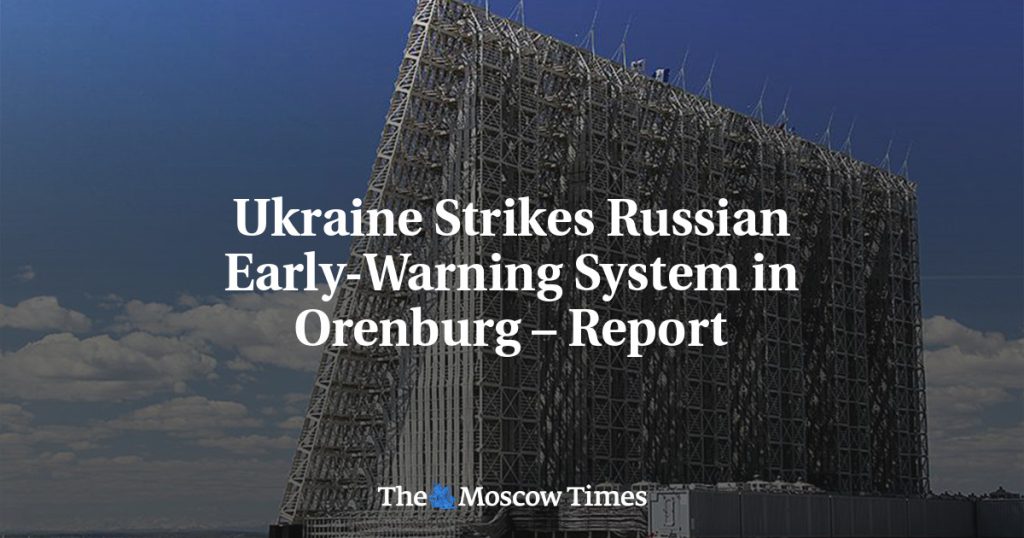Ukraine has reportedly carried out an attack on a Russian early-warning radar system in the southern Orenburg region. According to Ukrainska Pravda, an anonymous Ukrainian military intelligence source stated that a Ukrainian drone traveled over 1,800 kilometers to strike a Voronezh M radar station near the border with Kazakhstan. This radar system is capable of detecting ballistic and cruise missiles up to 6,000 kilometers away, setting a new record for the range of destruction for kamikaze drones. However, the claim has not been verified, and it is unclear if the attack actually occurred.
Local media in the Orenburg region initially reported the drone attack on Sunday, with Russian law enforcement sources mentioning an unidentified “military site” as the potential target. If confirmed, this drone strike would be the longest distance traveled by a Ukrainian drone since the start of Russia’s invasion. Earlier in May, a Ukrainian drone attacked a major oil refinery in Bashkortostan. Additionally, another Voronezh early-warning radar system was reportedly attacked in the southern Krasnodar region, with Russia’s former space chief Dmitry Rogozin accusing the United States of ordering that strike.
The alleged attacks on Russian infrastructure by Ukrainian drones come amid the ongoing conflict between the two countries. These incidents point to Ukraine’s ability to reach deep into Russian territory and target crucial military and economic assets. The escalation in drone attacks could further strain the already tense relations between Ukraine and Russia, raising concerns about the potential for a wider conflict in the region. The use of drones in such attacks demonstrates the evolving nature of warfare and the increasing role of unmanned aerial vehicles in modern conflicts.
The events in Orenburg and Krasnodar highlight the vulnerability of Russian defense systems to drone attacks, especially from Ukraine. These incidents showcase the effectiveness of drones in carrying out precision strikes against critical infrastructure, raising questions about Russia’s ability to defend against such threats. The accusations made by Russian officials about outside involvement in these attacks further complicate the situation and add a layer of political tension to the conflict. As the conflict between Ukraine and Russia continues, the use of drones as a weapon of choice may become more prevalent, leading to potential further destabilization in the region.
The reported Ukrainian drone attacks on Russian radar systems have sparked international concern and raised questions about the escalating conflict between the two countries. The use of unmanned aerial vehicles to target critical military installations signifies a shift in modern warfare tactics, with drones playing an increasingly significant role in armed conflicts. As tensions rise and accusations are exchanged between the two sides, the situation in Eastern Europe remains volatile, with the potential for further incidents and retaliation. The international community closely watches the developments in the region, hoping for a peaceful resolution to the conflict and a de-escalation of hostilities between Ukraine and Russia.


